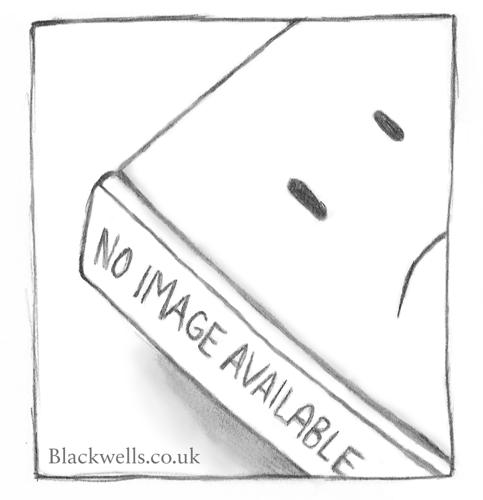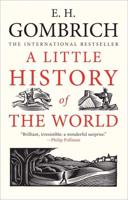Publisher's Synopsis
Fortifications were an important part of all ancient towns. A town wall was not just a security feature, it was also a status symbol, an architectural assertion of the independence of the townspeople, and a celebration of their wealth and industry. Walls were not the only civic constructions, however, and towns were typified as much by streets and markets, houses and workshops, churches and castles, hospitals and quays as they were by defences. John Bradley traces the development of walled towns in Ireland between AD 700 and 1700; from the first stirrings of urban life at monastic settlements in the seventh century, to the port towns established by the Vikings in the ninth and tenth centuries, right throught to the Anglo-Norman towns of the late twelfth and thirteenth centuries, and finally the plantation towns of the sixteenth and seventeenth centuries. He gives us a detailed account of the buildings, defences, layout and characteristic features of these urban centres over the centuries, as well as some insight into the daily lives and occupations of the inhabitants.;Towns featured include Dublin, Armagh, Kilkenny, Wexford, Waterford, Cork, Limerick, Kells, Drogheda, Athenry, Derry and Coleraine. The book contains a glossary, a select bibliography and an index.








